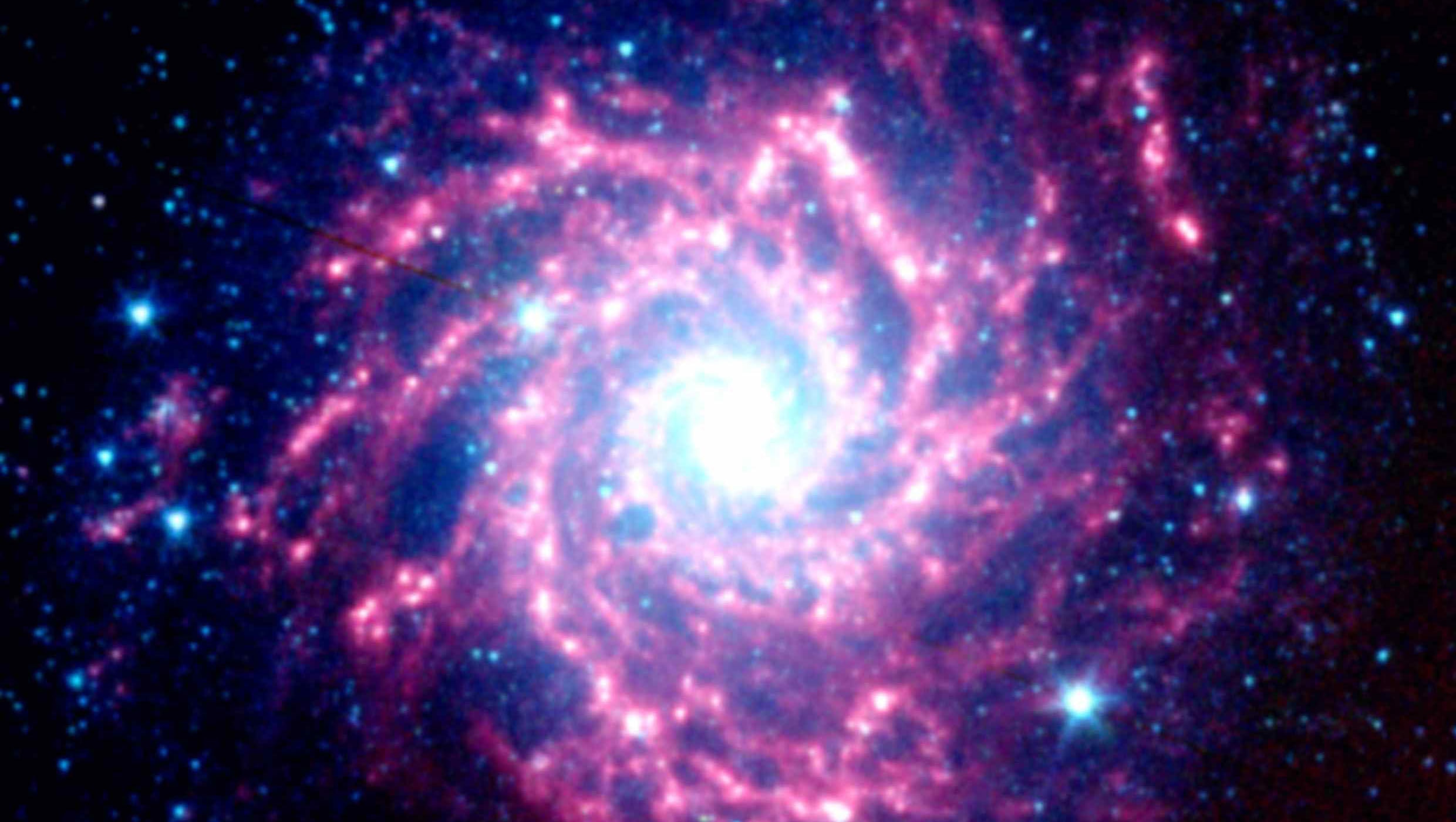Create a free profile to get unlimited access to exclusive videos, sweepstakes, and more!
If you live until 2083, you might get to see a star explode

For anyone alive and reading this right now, hang on another 63 years and you could see a supernova with your own eyes.
You can’t see the star V Sagittae (V Sge) yet. In fact, you’ll have to wait quite a while to see it — when it explodes in 2083. The last time something like this happened was a hundred years ago, and no one who was around then could image that one. Now a team of scientists have figured out around when V Sge will go total supernova (unlike Betelgeuse). Maybe you won’t be around anyway, because uncertainty allows for the event to happen between 2067 and 2099, but you’ll want to watch as a disembodied spirit somewhere out in space.
“V Sge will appear startlingly bright in the night sky,” said LSU Professor Emeritus Bradley E. Schaefer, of the Department of Physics & Astronomy. “This is substantially brighter than the all-time brightest known nova (at -0.5) just over a century ago, and the last time any 'guest star' appeared brighter was Kepler's Supernova in the year 1604.”
V Sge shares the spotlight with a white dwarf it orbits. Binary star systems made up of one regular star and one white dwarf are also known as a Cataclysmic Variable (CV) — and the most extreme at a hundred times more luminous than any other CV — because the mass of the larger star is gradually falling onto the white dwarf. V Sge is an anomaly because the white dwarf is usually the larger of the two stars in a CV. V Sge is 3.9 times more massive than the white dwarf it orbits. That’s 1.56 times the mass of the Sun, which is 300,000 times Earth’s mass. You know something catastrophic is going to happen when you have something that immense threatening a much smaller star.
As if that wasn’t enough, like most massive stars nearing their deaths, V Sge has a violent stellar wind. Stars lose mass when they eject fast-moving particles. These particles, which are atoms or subatomic particles of heavy metals, zoom outwards anywhere from 12 to just over 1,240 miles per second. V Sge’s winds are so powerful because it keeps shedding more mass in the process of dying. Just to give you an idea of how intense these winds are, the Sun’s stellar wind can interfere with power lines and satellites from about 93 million miles away. Now think about this. Stars that aren’t in their death throes only lose a fraction of one percent of their mass. This one is ready to give up the ghost.
“We now have a strong prediction for the future of V Sge,” Schaefer said. “Over the next few decades, the star will brighten rapidly. Around the year 2083, its accretion rate will rise catastrophically, spilling mass at incredibly high rates onto the white dwarf, with this material blazing away. In the final days of this death-spiral, all of the mass from the companion star will fall onto the white dwarf, creating a supermassive wind from the merging star.”
A star you can presently see in the night sky is Sirius, but its time is running out (at least in cosmic terms). It has a little more than six decades with that title before the V Sge supernova literally outshines it and usurps the title of most luminous, and it only keeps getting brighter. All that mass falling onto the white dwarf will release enough gravitational potential energy to power a stellar wind stronger than astronomers have ever observed, making the star’s luminosity skyrocket. The starburst may even end up being brighter than Venus.
“Now people the world over can know that they will see a wondrous guest star shining as the brightest in the sky for a month or so, being pointed at by the Arrow just below Cygnus, the Swan,” said Schaefer.
That is, anyone who can make it to 2083 alive.
(via LSU)


























